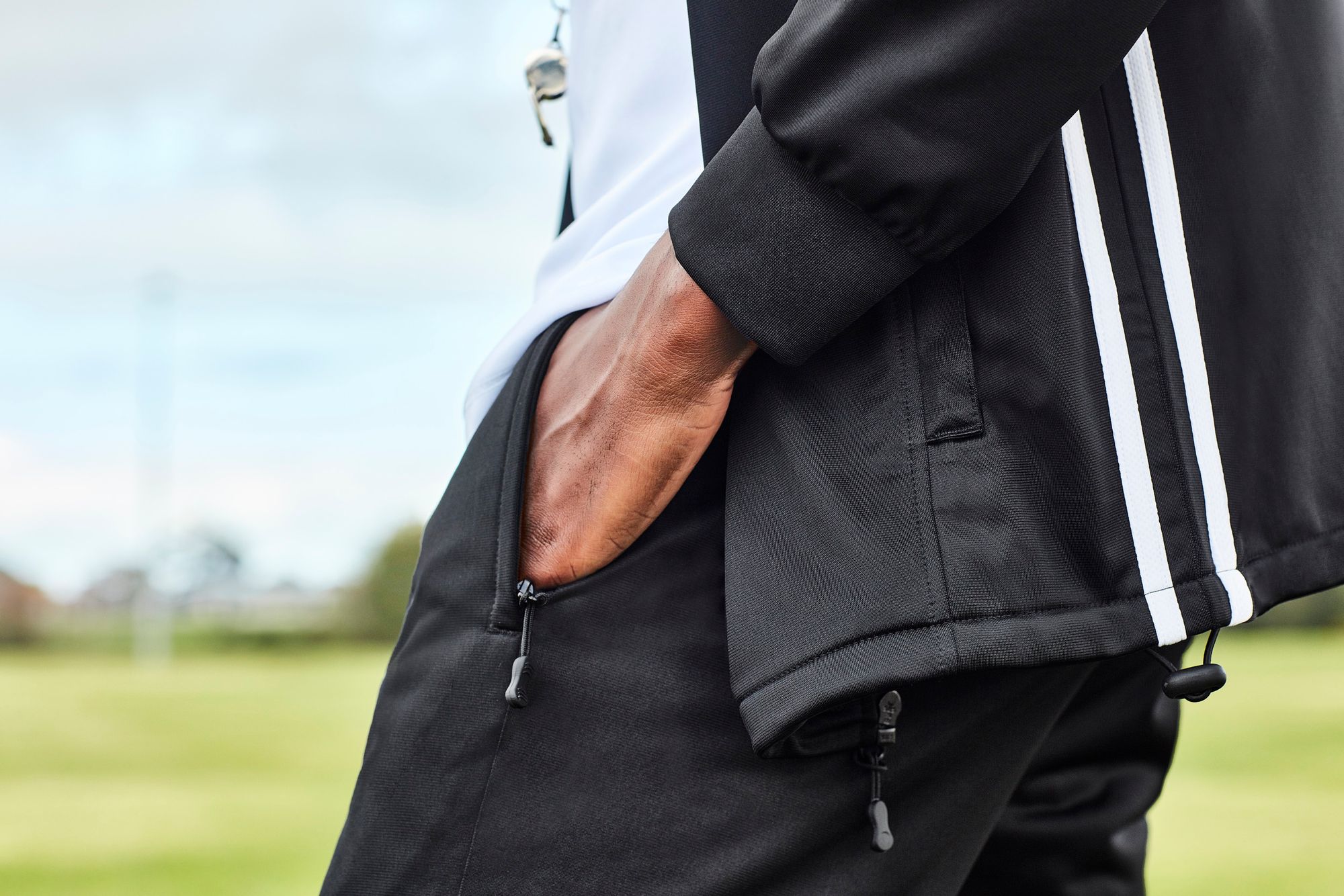Your Complete Guide to Workwear Fabrics
October 14, 2023

We’ve all had bad experiences with clothes – whether it’s that pair of pants that are a little too tight or the jacket with itchy sleeves. When our clothes are uncomfortable, it’s often a reflection of how they’re made and which fabrics they’re made from rather than our bodies. Regarding our uniforms, it’s crucial that our workwear fabrics pass the test.
It’s time to look a little closer at workwear fabrics and why they’re so important.
The importance of material
The material a garment is made from is everything. It’s what is going to be touching skin all day, which is why it needs to tick a number of boxes. Here are some things to consider if you’re looking for quality workwear fabric.
Safety
Regardless of what industry you work in, safety is one of the primary things to consider when choosing the right garments. Workwear is designed primarily to keep workers safe in a wide variety of tough conditions. If you (or your employees) wear a uniform, it’s important to choose one that will keep them safe from the elements and help them adjust to all temperatures.
Comfort
Aside from safety, comfort is one of the most crucial aspects of workwear uniforms. Your workwear is something you’ll be wearing a lot, meaning it needs to be durable and able to withstand various working conditions. Whether sitting at a desk all day or on the road, you need to wear something comfortable to allow for maximum productivity.
Protection against UV rays
If your job requires you to work outside, workwear that protects you from UV rays is a must. Your clothing is one fundamental way of protecting yourself against the sun, and your uniform contributes to the body's temperature-regulating system. Most fibres naturally absorb some UV radiation, and some have elastic threads that pull the fibres tightly together, reducing the spaces between the holes. Considering a fabric’s weight and density will ensure you get the best UV protection.
Odour control
Just like how some of us sweat more than others, some fabrics tend to retain body odour more than others. The retention of body odour lies in the fabric’s ability to release sweat quickly before bacteria can begin to feast on it. For example – polyester retains body odour – even after washing – so it’s best to steer clear of this fabric if your job involves sweating and physical activity.
Different workwear fabrics
There are so many different workwear fabrics on the market that it can be challenging to know which ones you should look for. In fact, most fabrics used in workwear are a compound of several materials or fibres blended for comfort and durability.
Polyamide fibres
Nylon is one example of polyamide fibre that is used in workwear for strength and durability. It retains moisture and dries slower than other fabrics, which is why they’re used commonly alongside other high-performance fabrics. Ripstop nylon can also be used for its superior strength and longevity. You can find ripstop nylon in the following styles:
Polyester fibres
Polyester is a popular fibre due to its moisture-wicking properties and light weight. Although it’s not very soft or comfortable, it’s often mixed alongside cotton to provide a more durable and comfortable garment. Some of our favourites from the Fashion Biz collection:
Natural fibres
Natural fibres come from natural polymers like cotton, wool and down. They provide comfort and thermal properties but don’t have the strength and durability of synthetic alternatives, meaning they are often blended with poly fibre. Some of these include:
Common fabric weights
A fabric’s weight is another crucial element in workwear garments. Fabric weight refers to the weight of the fabric in grams per square metre (gsm). Different weights provide differences in things like warmth, breathability etc.
Typical workwear fabric weights are as follows:
- Lightweight – 155gsm
- Midweight – 190gsm
- Heavyweight – 310gsm
Testing the quality of workwear fabrics
Here are some things you can look for when it comes down to determining the quality of a fabric.
Colour
Colour fastness refers to how long a dye colour stays in the fabric, presuming the washing instructions for the garment are followed correctly. Fabrics must be able to be washed repeatedly and be able to rid the garment of stains whilst retaining its colour. Ensuring that a garment keeps its colour properties means that your employee's uniforms will maintain the same vibrance as when you first purchased them for years to come.
Durability
One of the most crucial elements to look for in a uniform is durability. A uniform might look good or be comfortable to wear, but it’s not built to last, you’ll find yourself constantly buying new uniforms. Thicker fabrics often offer higher durability. Seasonal items such as heavy jackets may also last longer due to their thicker material and the fact that they’re only worn during the colder months rather than year-round. Stronger, thicker fabrics also generally offer more protection from the elements and different working conditions.
Shrinkage
Sometimes, workwear garments are thrown in the wash with no regard for the care instructions. A good quality fabric should be pre-shrunk extensively so it doesn’t change shape and size once it’s been made into a garment.
Comfort
Lastly, comfort is something you’ll need to test. Like durability, it’s great if a uniform looks good - but will it be uncomfortable to wear day-in-day-out? If so, it might be time to reconsider. Some tactile characteristics of fabric – like fabric hand, drape and stiffness influence the comfort of your clothing.
When it comes to workwear fabrics, there are plenty of things to consider. Regardless of whether your garments are made from polyamide, polyester or natural fibres, it’s important to opt for something that is comfortable, durable and can withstand the washing machine. If you’d like to learn more about the different fabrics, head to your closest Fashion Biz Canada distributor today.



